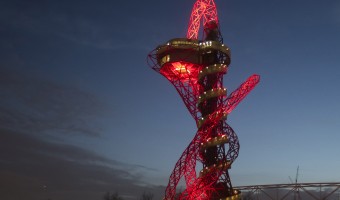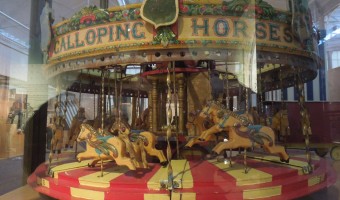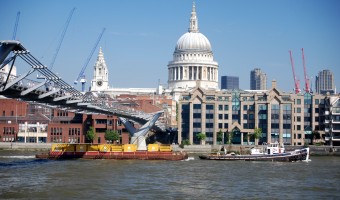The Original Keep Calm and Carry On Story
World War Two wreaked unimaginable havoc upon Europe from 1939-1945. As one of the largest centres for commerce, business and banking in the 1930s, London was extensively targeted throughout World War Two by the Axis Powers. Although the Luftwaffe targeted other major cities in the United Kingdom, London, due to its significance, was the most heavily targeted city in England.
During the blitz, 32,000 innocent citizens died, 87,000 were injured and over 2,000,000 houses were damaged- sixty per cent of theses casualties occurred within the confines of central London. This piece intends to provide an overview of London throughout the Second World War.
Pre-war
On the 3rd September, 1939, Britain declared war on Germany. The declaration set into motion a meticulous plan designed to ensure that London’s nine million population possessed the best chance of survival. Fatalistic predictions regarding the potential number of casualties permeated the national consciousness. Given the inexorable technological changes between the end of the First World War and 1939, many specialists predicted that London would be irrevocably damaged.
Due to the changes in technology, estimates of how many tonnes of bombs an enemy could drop per day grew from 75 in 1922 to 644 in 1937. In 1937, the Committee on Imperial Defence estimated that a sustained attack of 60 days would result in 600,000 dead and 1,200,000 wounded. In addition to the physical damage of aerial warfare, leading psychologists predicted a mass psychological trauma.
Winston Churchill told Parliament in 1934, "We must expect that, under the pressure of continuous attack upon London, at least three or four million people would be driven out into the open country around the metropolis".
Consequently, the government proceeded to evacuate 1.4 million people- the majority of which women and children- from dangerous areas. These citizens were taken to places such as Uxbridge, Epsom, Richmond and Twickenham in order to increase their chances of survival. As a precautionary measure for those that remained in London, the government trialled a blackout on August 10th, 1939- lights would not be allowed on after dark for the next six years.


The Blitz
On the evening of 13th November, 1940, the Luftwaffe dropped bombs on London for the first time. By the end of November, 1,100 German bombers were available for night raids, with upwards of 200 pilots being available every night. The weight of these attacks was sustained for a total of two months, with the Luftwaffe dropping 13,900 tonnes of bombs.
The most devastating strikes occurred on the 29th December, 1940. The German cohort attacked the City of London with incendiary and high explosive bombs, precipitating a firestorm referred to as the Second Great Fire of London. The fires destroyed countless Livery Halls, City churches, houses and historical buildings. Spreading from Islington to St Paul’s Cathedral, the area destroyed was considerably greater than the area destroyed during the Great Fire of London in 1666 as the raid was timed to coincide with an abnormally low tide on the River Thames to make obtaining water for fire fighting nigh on impossible.
The most effective existing communal shelters for citizens of London were the London Underground station. However, Prime Minister Winston Churchill determined that the stations should not be used as shelters in order to prevent interference with commuter and troop travel. During the initial raids, Underground officials were ordered to lock station entrances. As London entered the second week of sustained bombing, government officials relented and allowed citizens to shelter in the stations. In mid-September 1940 approximately 150,000 people a night slept in the Underground. Sleep was easier in the deepest stations, but many citizens were killed from direct hits on stations.
Ostensibly, the Luftwaffe’s tactics were to target citizen morale, rather than targeting citizens directly. Hoping to destroy British morale by attacking factories, public services and historical landmarks synonymous with Britain, the official German stance on attacks on civilians became an increasingly moot point when large-scale raids were conducted.
The Docklands were a continuing target throughout the raids. The Luftwaffe’s attempted to paralyse London’s commercial life that ran through the heart of the Docklands. The Docklands was the most heavily bombed civilian target in Britain. During the war, over 2,500 bombs were dropped on the area.
In terms of residential areas, poverty stricken areas-such as the East End- were the worst hit, but all Londoners who remained in the City were effected to varying degrees. Stepney, located in East London, was so badly damaged that it had to be almost entirely reconstructed following the conclusion of the war. Bethnal Green was badly affected with around 80 tons of bombs falling on that area alone in this period. One of the biggest tragedies in the East End occurred in 1943, when 173 people died in a crush on the entrance steps of the station. The tragic irony was that the air raid signal was only a test.
The Blitz changed the landscape of the city. Many famous landmarks were hit, including Buckingham Palace, the Houses of Parliament and the Tower of London. During the Blitz, Buckingham Palace was struck 16 times, but only sustained cosmetic damage. The Palace was an appealing target for the Luftwaffe as the Royal Family remained in residence throughout the course of the war. St Paul’s Cathedral, similarly, was a recurring target for the Luftwaffe. On a few occasions, the 17th century Cathedral was significantly damaged, with the dome of St Paul’s being pierced by a bomb in 1940.
Miniature Europe
As the inexorable rise of Nazism spread across Europe, London quickly became the centre of Europe’s fight for freedom due to its geography. Throughout World War Two, London served as the home for eight governments in exile. Such an occurrence was unique in diplomatic history.
As war was declared on Germany, London was home to the governments of Poland, Norway, the Netherlands, Belgium, Luxembourg and Czechoslovakia. Over the following years, official representatives of Greece and Yugoslavia moved to the United Kingdom. Similarly, full diplomatic privileges had been granted to the leaders of the Free France movement, including the notoriously cantankerous General Charles de Gaulle. Royalty from Albania and Abyssinia also sought refuge in London. London became known as ‘Miniature Europe’.
Post-War London
As World War Two reached its conclusion in 1945, London was unrecognisable, particularly the East End. The Docklands, in total, lost approximately 40% of its warehouses, while St Katherine and West India docks were unusable. Millions of homes across London had been either severely damaged or completely destroyed. Due to the alterations in aerial technology, London faced seemingly insurmountable problems.
Tragically, many of the historic buildings that stretched back to the mid-1500s were destroyed. After the Allied victory in 1945, London faced a decision upon which its future as a Western powerhouse depended on: whether to repair, rebuild or redevelop? Despite the devastating destruction, the decision offered architects with an exciting opportunity to reinvent one of the most historic cities in the world.
Moreover, London required housing and London required housing fast. This led to an initiative to build quick and easy prefabricated housing. Temporary buildings festooned the streets of London. Although these houses were supposed to be a temporary solution, many stayed in place until the 1970s. The cosmetic changes to London were comparable to post- the Great Fire of London in 1666.
Places of interest to visit today
London contains countless museums, monuments and homages to World War Two spread across the city. The RAF Museum in Hendon offers an extensive history of the aerial developments throughout World War Two, while the Imperial War Museum in Lambeth offers a broader history of the Second World War
Perhaps the man most synonymous with Britain’s World War Two efforts, Winston Churchill’s War Rooms are open to the general public. Additionally, the War Rooms include a museum dedicated to the life of one of Britain’s most famous men. Christ Church Greyfriars and St Dunstan’s in the East, formerly two of London’s most architecturally stunning places of worship, were destroyed during World War Two. Now, Christ Church Greyfriars and St Dunstan’s in the East are peaceful garden retreats that pay respect to the fallen and where visitors can take refuge from the hustle of the city. The ruins of both churches remain standing as a symbol of the damage London sustained during World War Two.
Despite the trail of destruction World War Two left in its path, the resilience and determination of Londoners ensured that England’s capital returned to its former glory.
 London in the Blitz
London in the Blitz


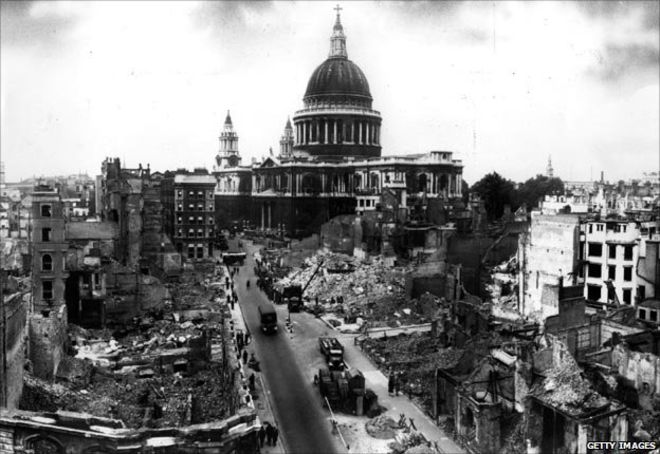
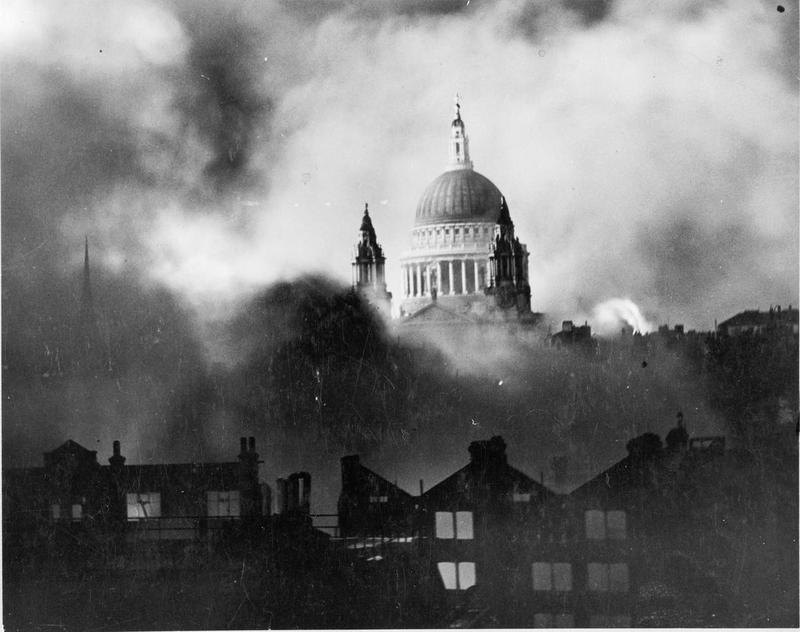
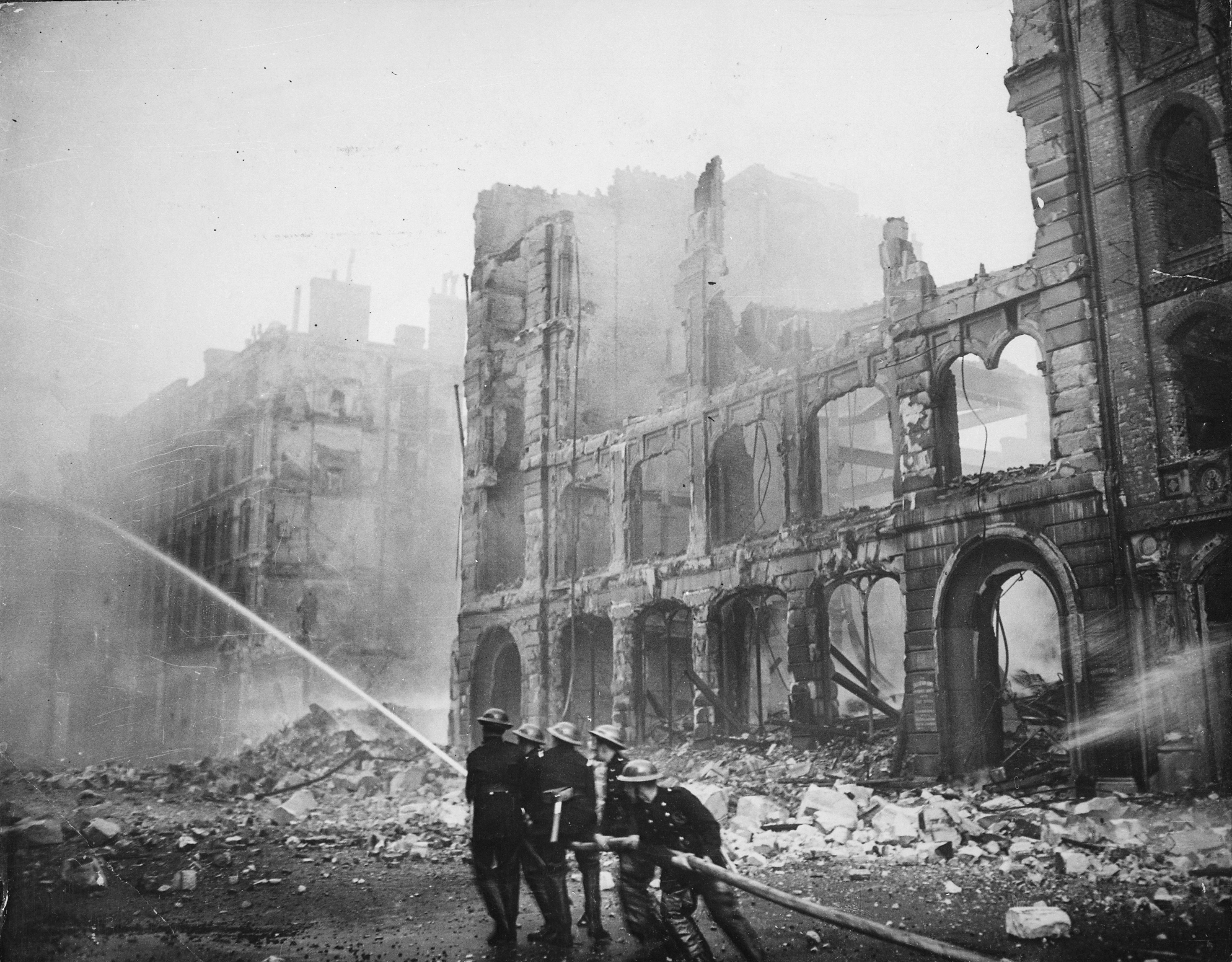
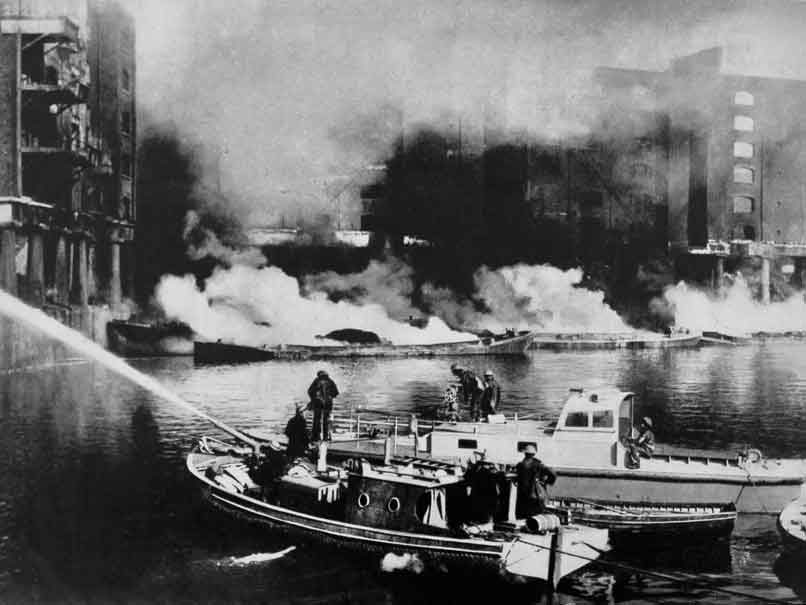
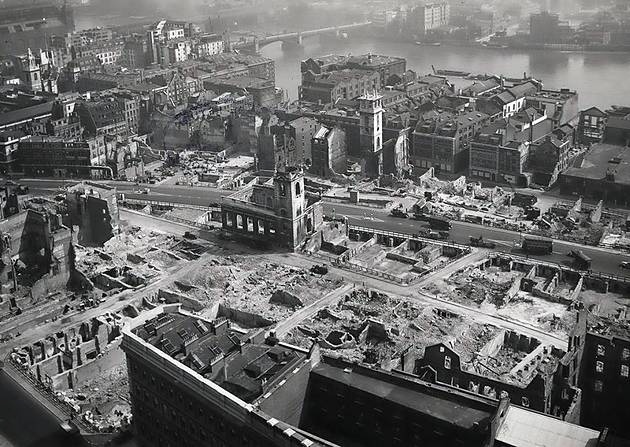
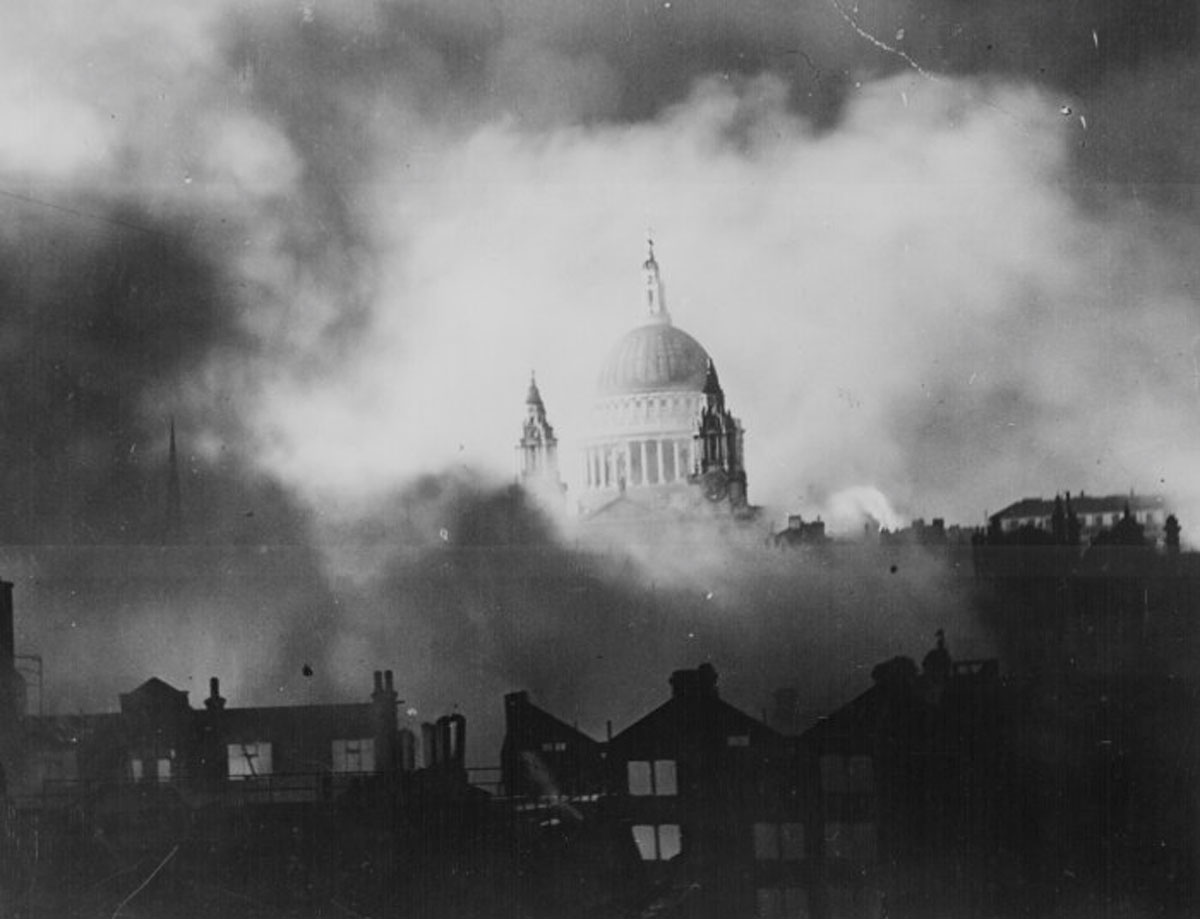
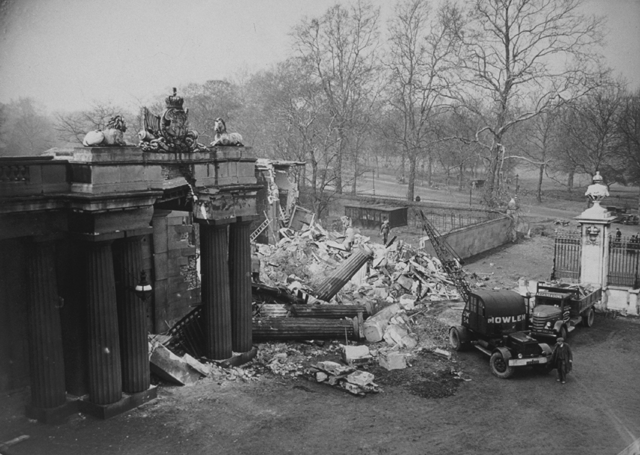
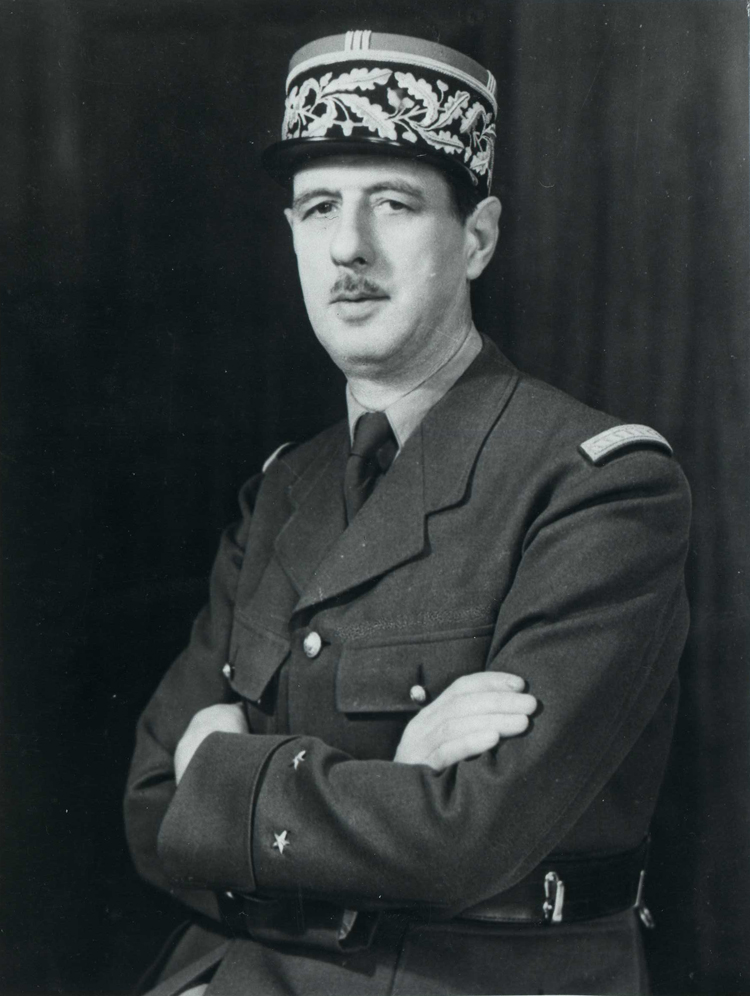
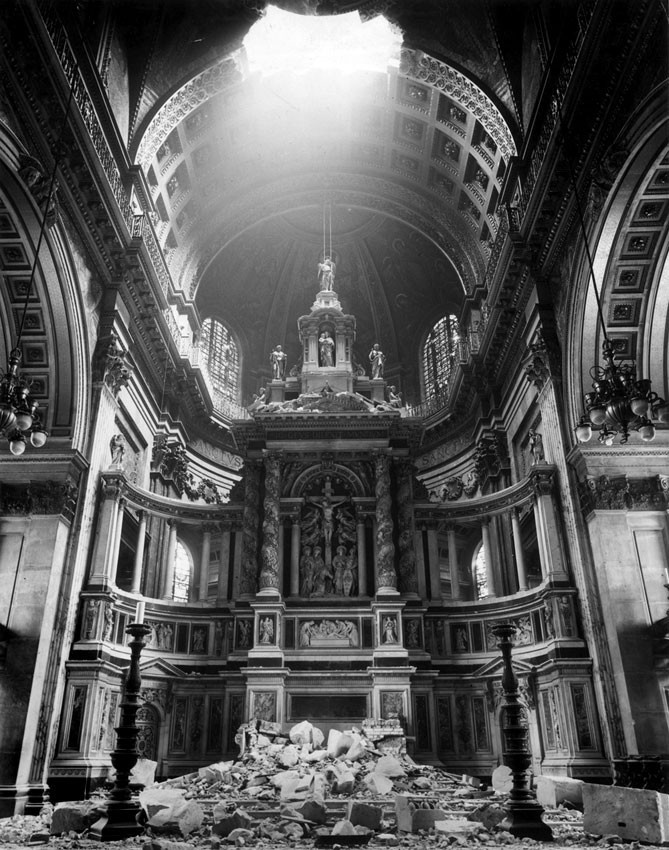
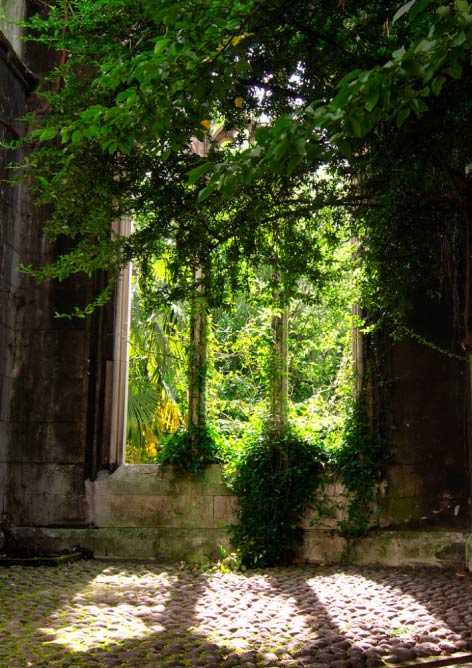


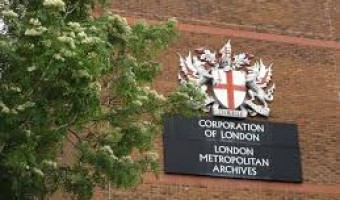
 Load more triptoids
Load more triptoids